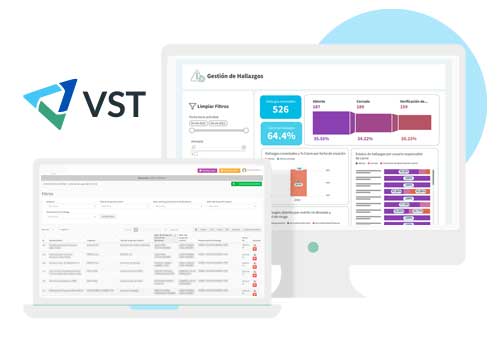
Educating for Sustainability: Why Environmental Awareness Matters
In today’s world, sustainability awareness has become a crucial aspect

With so many EHS solutions available today, choosing the one that best suits your needs can be complex.
This article will guide you through choosing the right EHS platform for your organization by considering cost, scalability, ease of use and more.
EHS platforms are powerful tools for companies and organizations of all sizes to manage workplace safety, compliance, and risk management. EHS solutions provide a comprehensive set of features that allow businesses to identify potential hazards in the workplace, monitor employee health and safety performance, create corrective actions when needed, track incidents and accidents, generate reports for regulatory bodies or insurance providers, and more.
EHS platforms also enable companies to comply with industry regulations while ensuring their employees remain safe on the job. By leveraging EHS technology, businesses can reduce workplace risks and provide a healthier working environment for everyone involved.
When choosing the right EHS platform for your organization, several factors must be considered.
Cost is essential as EHS solutions can vary widely in price depending on their features and the size of your organization. It is vital to ensure that the EHS solution you choose offers good value for money and all the features you need.
Scalability is also a key factor when selecting an EHS platform. You want to ensure that the EHS solution you choose can grow with your organization, so look for one that offers scalability options, such as adding additional users or expanding its feature set. Ease-of-use is also indispensable; you want to ensure that your staff and other stakeholders can quickly implement the EHS platform you select to get the maximum benefit from it.
In addition to these core considerations, several other factors may impact your decision when selecting an EHS platform. These include user interface design and usability, data security protocols, integration capabilities with existing systems, customer support availability, and more.
When deciding on an EHS solution for your organization, these elements should be considered.
It’s also worth considering whether the EHS platform you select offers any additional features or benefits beyond basic compliance needs; some solutions may include built-in analytics tools or reporting capabilities, which could help streamline the workflow within your business or even enable predictive insights into potential risks or hazards in the workplace.
Finally, remember to compare different EHS vendors before making a decision – make sure the price fits they offer competitive pricing that fits within your budget, read customer reviews, and ask questions about their service before committing to any long-term agreement or contract.
Considering these points will help ensure that you find an EHS platform that meets your organizational requirements now and far into the future.
EHS platforms offer a comprehensive set of features that allow businesses to identify potential hazards in the workplace, monitor employee health and safety performance, create corrective actions when needed, track incidents and accidents, generate reports for regulatory bodies or insurance providers, and more.
EHS solutions also provide analytics tools to track data trends over time to predict future risks or areas of improvement better; this helps companies stay ahead of potential issues before they become serious problems.
In addition to these core EHS platform features, many EHS solutions offer additional benefits, such as integrated reporting capabilities, allowing businesses to generate reports that comply with industry regulations quickly. This can help save time as it eliminates the need for manual data entry or formatting work. EHS platforms also often include automated reminders regarding essential tasks or deadlines, which can help make sure that mandated requirements are met on time. EHS software may even have the ability to integrate with other systems, such as HR software or other corporate applications used within an organization.
Overall, EHS platforms are becoming increasingly important for companies of all sizes as they provide a streamlined way for businesses to manage workplace safety, compliance, and risk management needs.
EHS software is cost-effective and easy to use as it provides an efficient system for tracking data points related to employees’ health and safety performance. At the same time, helping businesses stay compliant with industry regulations by providing automated reminders about upcoming tasks or deadlines.
Plus, EHS solutions often include predictive analytics tools, which can help companies anticipate future risks before they happen – thus allowing them to take proactive steps toward improving the overall safety of their work environment.
At Vela Sustainability Technologies, our Health & Safety capability offers digitalization tools for clinical health & wellness, occupational health and hygiene, disease and injury management and reporting, workforce risk planning, work permits, training, and compliance.
We invite you to take a closer look at our offering by requesting a demo today.

In today’s world, sustainability awareness has become a crucial aspect

The Significance of April 28th: World Day for Safety and
